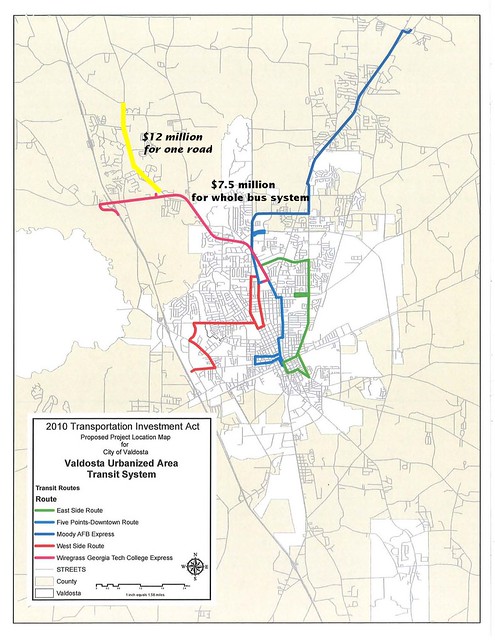Water and sewer take decades for return on investment, and roads and bridges probably aren’t any better. That’s worth remembering whenever solar, busses, or trains come up.
David Rodock wrote for the VDT Sunday, Commission wraps up annual retreat: Utility payments, road projects and waste disposal discussed
The cost of one mile of construction for water takes 23 years for a return on the initial investment; sewer takes 21.3 years.
The VDT didn’t specify the similar return times for road paving or bridge construction, but it’s a safe bet they’re at least as long. The farther water or sewer lines or roads or bridges are from population centers, the more they cost both directly in installation and indirectly in trips for fire and sheriff vehicles, and especially school busses. The county commissioned a report on that several years ago, as Gretchen reminded them last year. In the particular rezoning case on Cat Creek they were discussing then (Nottinghil), they made a decision to table which seems to have caused the developer never to come back with that particular sprawl plan. I congratulated the Commissioners at that time, and I congratulate them again on not promoting sprawl.
Sprawl costs the county, payback takes years, and longer the farther out it goes. What if we did something different? More on that later.
-jsq

